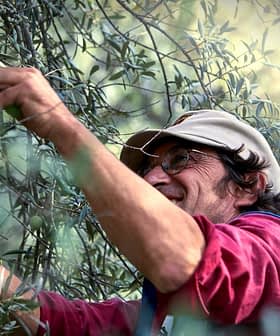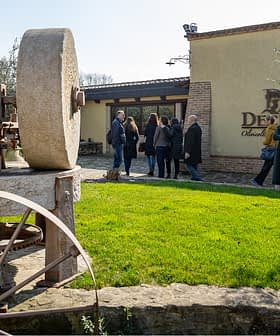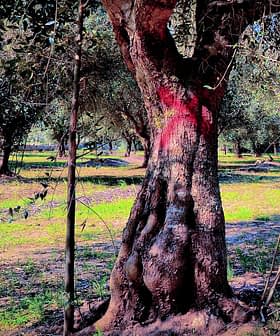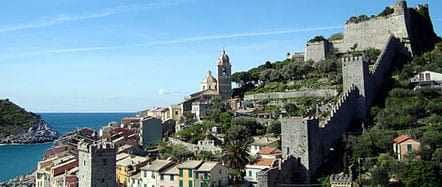
To experience a taste of the original Riviera, without the swells of tourists on the Côte d’Azur, Portofino, and Cinque Terre, Portovenere is the great escape. Along the rich, agricultural coast of Liguria, wild and cultivated olive trees cover the scenery in a cool green, culminating in this awe-inspiring outpost of Riviera life.
Portovenere, connected to the Cinque Terre by the same cliff-clinging hiking paths but practically unknown in comparison, is off the radar enough to maintain its authentic cuisine, including the prized Taggiasca olive oil that grows only in this area. It is dramatically situated on a rocky cliff jutting into the Gulf of Poets, so named for stirring the hearts of Lord Byron, Petrarch, and Dante, among others. Few travelers realize that the popular hiking paths of Cinque Terre stretch as far as the isolated and idyllic town of Portovenere, and so it has managed to maintain a small town feeling.
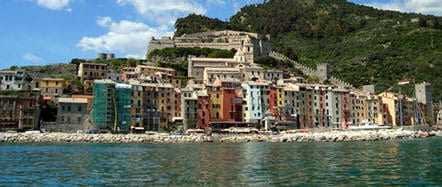
Portovenere, or the Port of Venus, gets its name from the ancient Roman temple dedicated to the goddess of beauty which was constructed, appropriately, on the tip of this breathtaking precipice. There is only one real street in this town. Restaurants hug the waterfront and some cobblestone alleyways ascending the town’s cliff, connected by hushed, narrow stairways overlaid with branches spilling over the stone walls of tucked-away gardens. Climbing a few flights up from the main square brings you to one such secret garden, the Orto di Lello, one of the few places to stay in this cloistered town. The olive tree-speckled yard, with an ancient olive press at the center, produces enough homemade olive oil each year to keep the kitchen running.
Giovanni Pizzurno, grandson of Lello, the house’s namesake, is known to greet visitors with local olive oil and a plate of the native Taggiasca olives paired, naturally, with a bottle of local white wine. Perched as it is on the side of this rising cliff, the garden gives you a sweeping view of the teal blue Ligurian sea below and the neighboring island of Palmaria, as well as the tree-lined summit of the town, delineated by the long, snaking wall and monumental edifice with its 13th century castle. Just behind the castle is the hiking path along the rocky coast which takes you past a majestic waterfall before you join a swarm of tourists on the better know Cinque Terre paths. But here at L’Orto di Lello, you can sit tranquilly in one of the swings strung from the olive trees and calmly consider the entire magnificent landscape.
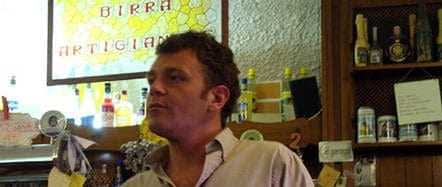
L’Orto di Lello is an agriturismo, a place where you can enjoy the countryside for your vacation. Rooms that are more like private little houses gather around the central garden. Giovanni, who has just recently opened his grandfather’s property for visitors, is full of historical information and local facts, a story-telling guide that brings this beautiful region to life. The house was part of an old feudal agricultural system, and the walls have lasted the thousand years since, he recounts. From the grass, he plucks out a long shaft that looks like wheat and sucks out the sap, showing me how you can survive without water with these plants around.
For a hearty local dinner, Giovanni makes friendly introductions for us at the cozy Osteria Baracco, where three generations of the Bertirotti family serve up Ligurian specialties seeped in plenty of the local olive oil, right across from the town’s olioteca Bansigo, a purveyor of the one of the best olive oils produced in the area. Giovanni quit his job as an advertising executive to turn his grandfather’s property into an agriturismo, and his pleasure in the life here is infectious. He gives me a wedge of Baracco’s fresh anchovy focaccia gleaming with oil, and I can taste how sweet the life is here on the Olive Riviera.

